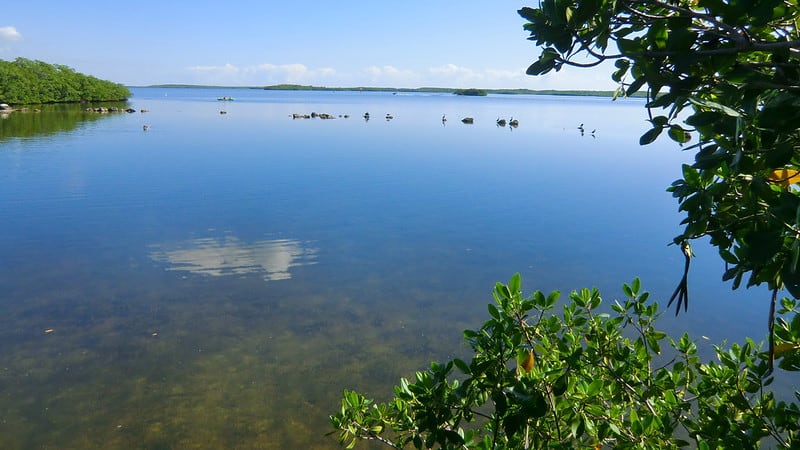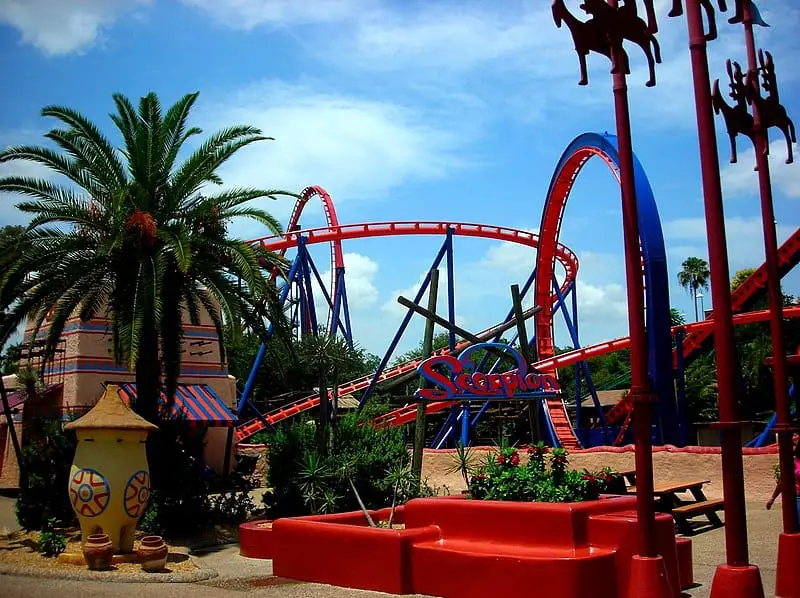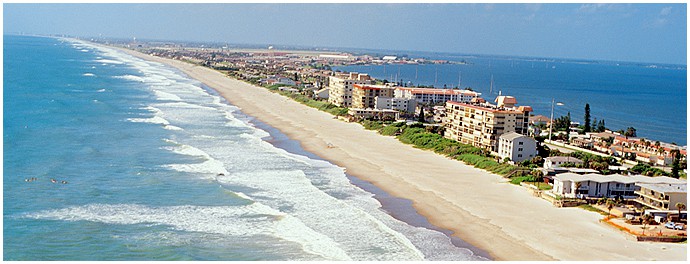Key Largo is home to one of the largest coral reefs in the world. The Key Largo Nature Preserve is a protected area that helps to keep this natural wonder healthy and thriving. You can take part in guided tours, snorkeling, and other activities that allow them to experience the reef up close.
The preserve also offers educational programs about the importance of conservation. By protecting this vital ecosystem, we can ensure that future generations will be able to enjoy its beauty.
Key Largo Hammock Botanical State Park
The biggest number of National Champion trees may be found in Dagny Johnson Key Largo Hammock Botanical State Park, which was formerly planned for clear-cutting to make way for coastal condos.
Open every day from 8 AM till dusk.
Bicycles and leashed pets are welcome.
Keep to the paths! The hammock is filled with poisonwood and manchineel trees, both of which are dangerous to people who are allergic to poison ivy.
Insects are to be expected year-round.
Continually apply insect repellant. The number of insects throughout the summer might be excessive. As a botanical state park, this area does not use insecticide to control mosquitoes, in contrast to the majority of the Florida Keys.
Keep right at the fork for SR 905 when traveling north on US 1 from John Pennekamp Coral Reef State Park (to Card Sound Rd). After 0.5 miles, the trailhead parking lot is on the right, in front of a huge archway.
Carl Hiaasen described a bizarre, imagined version of this location in his book Native Tongue.
As Port Bougainville began to carve through the tropical jungle north of John Pennekamp Coral Reef State Park, his fiction drew details from his favorite island.
Fortunately, the state of Florida purchased the property and other nearby holdings, which together total close to 2,500 acres, after the fake “Mediterranean seaside village” failed to materialize in 1985.
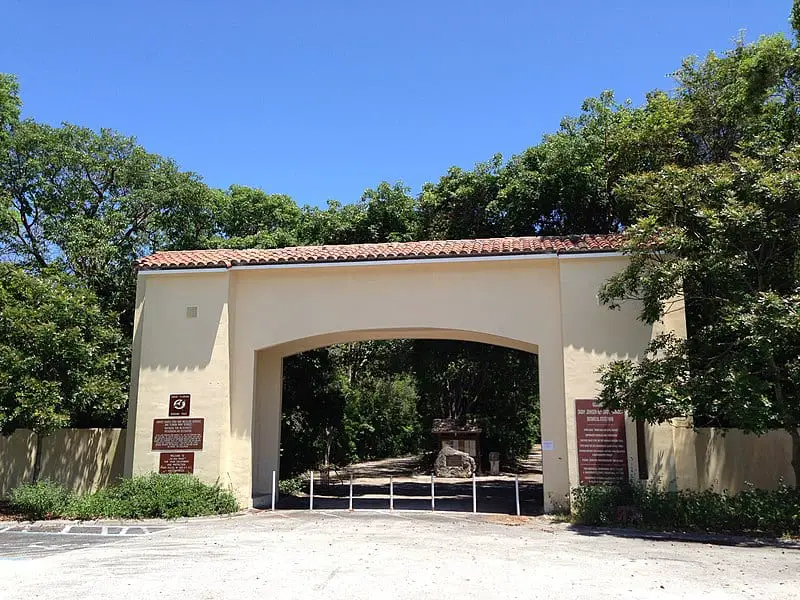
The Key Largo Hammock is by far the largest remaining tropical hammock in the United States, together with the neighboring Crocodile Lake NWR.
The existence of threatened species including the American crocodile, Key Largo woodrat, and Key Largo cotton mouse depends on it. Catching a glimpse of an endangered species here is unusual, with the exception of the white-crowned birds and liguus snails.
The Florida Keys’ northernmost tropical hammock, however, is a haven for biological diversity and the northernmost limit of Caribbean trees, which flourish in this dense forest and reach National Champion heights.
Most astonishingly, there are no National Champion trees in this park that are taller than 45 feet.
Crabwood, blolly, wild cinnamon, and wild tamarind are just a few of the current and former national champions that can be found in this forest.

84 designated plant and animal species in total are safeguarded here. In the hammock, manchineel and poisonwood are prevalent.
There are given interpretive hikes conducted by rangers, which are particularly helpful for getting a solid introduction to tropical hammock species.
There are three ways to explore this enormous park, most of which are off-limits to the general public.
- You may access the Port Bougainville Trail, a loop through the former development that is partially on paved roads, by first following the old Port Bougainville entrance road.
- In order to explore the Key Largo Hammock Nature Trail’s 1.1 miles of tropical hammock more thoroughly and learn more about its residents, casual visitors might prefer veering off of the beaten path.
- Finally, those interested in botany, biology, history, or other fields may speak with the management of the neighboring John Pennekamp Coral Reef State Park about obtaining a backcountry permit to travel miles of old forest roads.
There are hazardously toxic trees all throughout the hammock, and your presence could have an impact on endangered species of flora and wildlife, so this is not a trip to be taken lightly or as a leisurely trek.
Trails
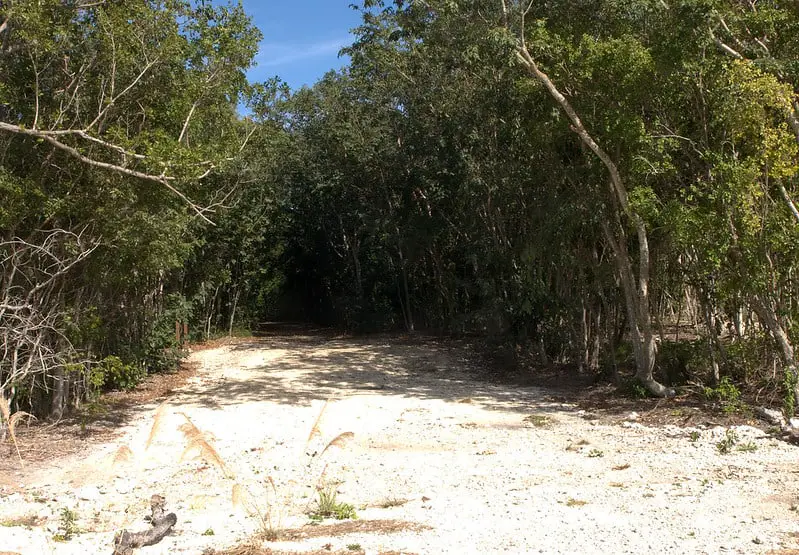
Nature Trail in Key Largo Hammock
Enter the biggest tropical forest in the United States on the interpretative Key Largo Hammock Nature Trail to take in its natural beauty and discover more about its peculiar trees.
The trail to Port Bougainville
Enjoy the wealth of National Champion tropical trees on the island at Dagny Johnson Key Largo Hammock Botanical State Park from the 2.4-mile Port Bougainville Trail circle.
Foreign Heritage Trail in the Florida Keys
The Florida Overseas Railroad’s former path is now a 108-mile linear state park corridor that runs from Key West to Key Largo. It is an island-hopping slice of tropical paradise.
The National Wildlife Refuge near Crocodile Lake
Crocodile Lake National Wildlife Refuge, which safeguards more than 6,700 acres of Key Largo to provide ideal habitat for the threatened American crocodile, features a tiny visitor center where visitors may learn about the refuge’s work with species protection.
State Park of the John Pennekamp Coral Reef
The Florida Keys’ John Pennekamp Coral Reef State Park is there because Molasses Reef is the most easily accessible living coral reef in the country.
Park National Biscayne
Biscayne National Park, the largest offshore park in Florida, safeguards the Florida Keys’ northernmost islands and surviving coral reefs.
The fabled natural beauty of South Florida is peppered with ecosystems that are unique to this part of the country. The aquatic beauty of Biscayne National Park is one of the region’s top natural attractions.
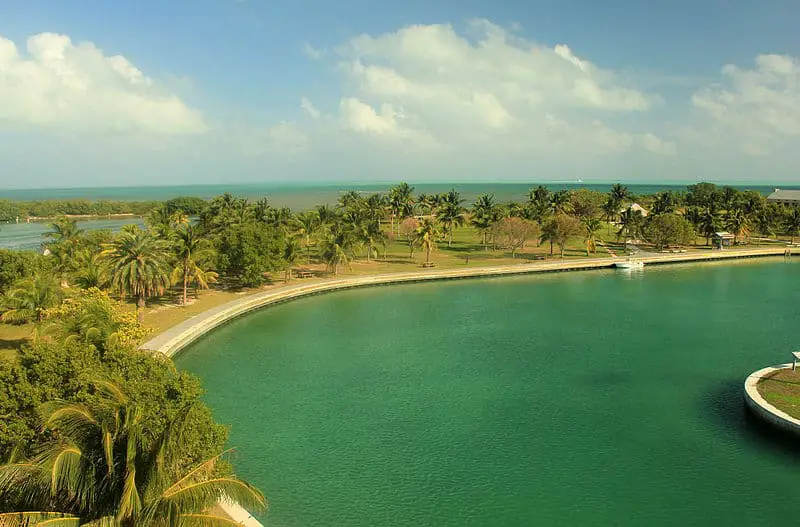
The biggest marine sanctuary in the American National Parks system, Biscayne National Park spans almost 173,000 acres, 95% of which are in Biscayne Bay and the Atlantic Ocean.
Aquamarine waters, a diverse range of fauna, and unrivaled opportunities for aquatic adventures may all be found here.
Biscayne National Park, known for its biodiversity, is made up of the third-largest offshore reef in the world, coral limestone keys, coastal mangrove hammocks, and shallow lagoon waters of Biscayne Bay.
Thousands of species, including 20 threatened or endangered ones like the manatee, are supported by these habitats.
More than 110 bird species, including the roseate spoonbill, wood stork, and the extremely uncommon mangrove cuckoo, may be seen in the park, which is a part of the Biscayne Birding Trail.
Additionally, 600 native fish species call this region home.
The Florida Keys via Boat
Biscayne National Park contains the Florida Keys archipelago’s northernmost islands. The most frequented of such islands are Boca Chita and Elliott Key, where daily guided trips are provided.
A powerboat tour is an excellent way to visit the beautiful Boca Chita Key, an islet with historical limestone buildings, coconut palms, and a few other natural plants.
While you’re there, explore the island’s famous lighthouse, wander through a mangrove hammock, or do both.
Wrapping Up
Key Largo Nature Preserve is a great place to visit for those who are looking to experience the beauty of nature.
The preserve is home to a variety of wildlife, including birds, reptiles, and mammals, and offers a variety of activities for visitors to enjoy.
The staff at the preserve are passionate about conservation and providing visitors with an enjoyable experience.

